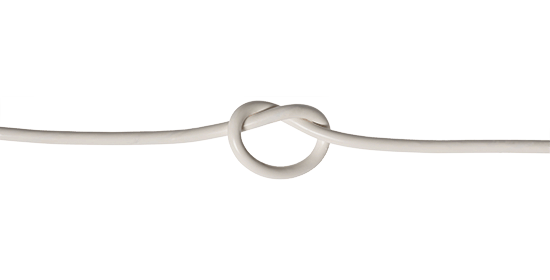
For people 21 and older with a uterus, sterilization is a procedure that closes or blocks the fallopian tubes so pregnancy cannot occur. The fallopian tubes are where eggs and sperm meet. If they can’t meet, then pregnancy can’t occur. People with a penis also have a sterilization option, also known as a vasectomy, which blocks the tubes that carry sperm out of the penis. Talk to your doctor to learn more and remember any birth control decision such as sterilization should be a fully informed decision, free of coercion. Also, the sterilization does not protect against sexually transmitted infections, and are both considered permanent.
A more permanent option for those who are sure they don’t want a future pregnancy.
Very effective, and not reversible.
99%
99%
Possible pain or discomfort right after procedure.
Once and you’re done.
You need to see a reproductive healthcare provider. Find your local health center here.